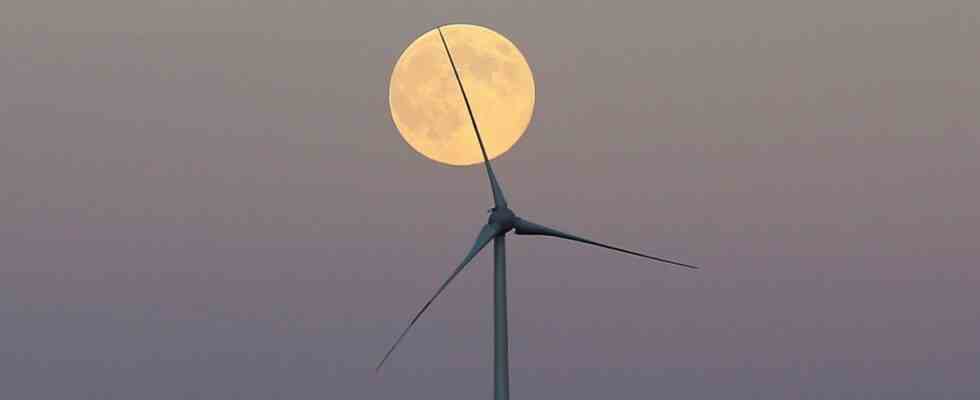There are enough reasons why a wind turbine may not be built. For example, because a breeding pair of an endangered bird species is building its nest nearby – then there is a risk of collision. Keyword species protection. Or because the shadows cast by the rotors caused by sunlight hit a town or village for too long. This can cause light reflections, the so-called “disco effect”.
Hardly anyone wants to feel like they’ve slept in a dance bar just after sunrise. Therefore, the course of the sun is calculated for every possible wind turbine location in summer and winter and where the rotor shadow would fall. According to the Arbeitsgemeinschaft Immissionsschutz (LAI), a “shading period” of up to 30 hours per year and 30 minutes per day is considered reasonable, calculated for a permanently blue sky. As a standard, it is said that an “average sensitive person” was used as a basis.
Such tests are now standard. But now a paper in the federal state of Brandenburg is rousing the minds of the wind industry. Among other things, it is about the shadows cast in moonlight. And the marsh harrier, a protected bird of prey.
The background is that the traffic light government in Berlin has amended the Federal Nature Conservation Act so that it is clearer for the courts where wind turbines should be and where not. Uniform national standards should at least shorten long-term test procedures and advance the energy transition. But it is not that easy. At least not everywhere.
The Environment Ministry in Brandenburg is now working on a decree on how the new law should be applied in detail. The current draft is also about the marsh harrier. The population of these birds is in Brandenburg “severely declining”, between 1995 and 2020 by 30 percent. Recently, the dry phases have particularly affected the bird, because it likes to breed in small bodies of water. According to the draft, wind turbines in the vicinity of the nest represent an additional impairment. Among other things, because of “dust generation” from driving on the paths to the wind turbine during repair and maintenance work. Or just through shadows, even at night.
Experts are surprised. “I haven’t heard that before,” says Dirk Sudhaus, species protection expert at the Onshore Wind Energy Agency. The two aspects point to the ban on disturbing protected species laid down in the EU Birds Directive, he says. So far, this has not played a major role in the approval of wind turbines, but it could be taken up more frequently in the future. Especially by wind power opponents.
Wolfram Axthelm, Managing Director of the German Wind Energy Association, complains: “We don’t need such absurdities.” Twelve companies from the industry sent an appeal to Brandenburg to fundamentally revise the paper. A spokesman for the local Ministry of the Environment explains that they want to speed up the approval process for wind turbines and at the same time comply with the species protection regulations anchored in European law. Written objections to the draft would be evaluated.
Does a marsh harrier of average sensitivity really feel disturbed when a windmill turns in the moonlight at night? A court may have to decide that in the near future.

